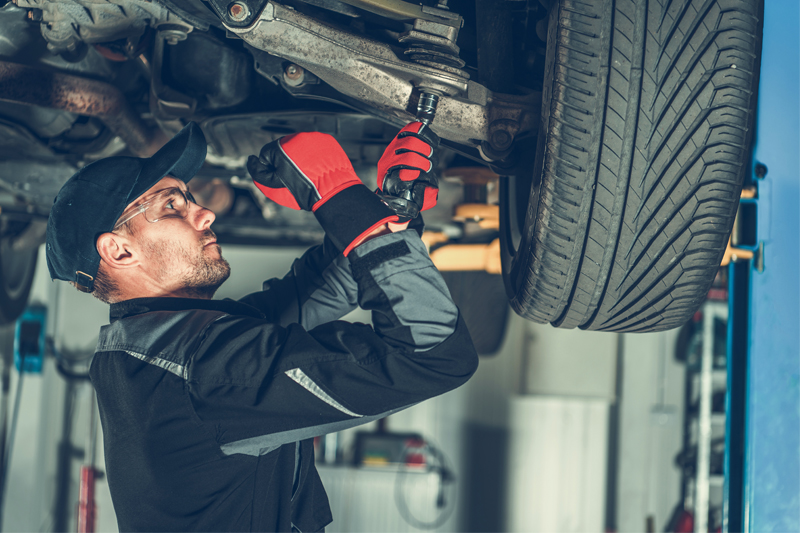
Suspension specialist KYB provides some helpful pointers on the differences between OE and aftermarket shock absorbers.
When removing an old shock absorber from a vehicle and comparing it alongside its replacement, you may have found yourself asking yourself “why is this KYB Shock Absorber shorter than the OE one?”
It’s certainly a question the KYB technical team have been asked numerous times as the piston rod on the replacement unit can sometimes appear to be much shorter, leading many mechanics to believe that there is something wrong with the unit. However, the piston rod is in fact the same size – the only difference is the amount visible. The reason for this lies within the body of the shock absorber, caused by the presence of a component known as a “rebound spring”.
Damage prevention
A rebound spring is a component that sits around the base of a piston rod, acting as an extra layer of internal cushioning that stops the bottom of the piston rod from hitting the top of the shock absorber cylinder when fully extended. This prevents any damage to the internal piston rod guide and the oil seal, as well as improving smoothness and stability when cornering.
When a brand-new vehicle is launched to the market, it is common that the shock absorbers originally fitted to the vehicle will have rebound springs. When the model eventually reaches maturity, the vehicle manufacturer will go through cost cutting measures, often leading to the rebound springs being removed entirely. However, at this point, KYB aftermarket shock absorbers have been released, matching the initial design – this means that the KYB replacement unit will have a rebound spring included.
Sometimes the difference between an extended piston rod with and without a rebound spring can be as much as 50mm. This difference often leads to confusion.
Why is it so hard to fit?
Due to the extra cushioning offered by a rebound spring, this often means that the piston rod is incredibly hard to pull out to its full length when trying to attach a strut mount as the rebound spring is simply in the way, preventing the piston rod from extending further.
Whilst it may be tempting to try and pull the piston rod out to its full-length using pliers or mole grips, KYB strongly warns against doing this as it can cause damage to the oil seal on the piston rod and cause leakage, leading to premature failure of the shock absorber.
Instead, KYB suggests that a good coil spring compressor should be able to compress the spring that extra amount required to allow the top nut to be screwed securely onto the piston rod.
There are also tools available on the market to assist with any fitting difficulties, such as a strut controller, that will safely attach to the piston rod and extend it by the required distance to easily attach to the mounting kit.
How to use a strut controller
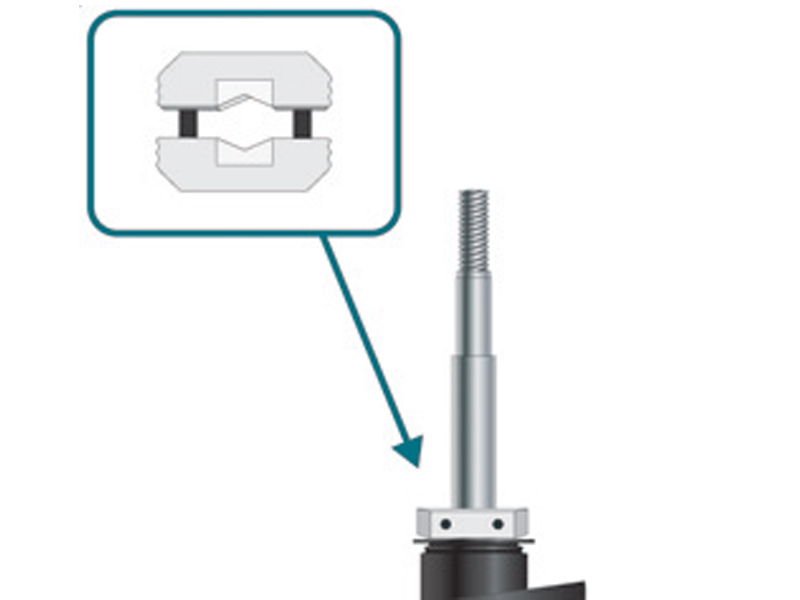
- Place the protective clamp over the piston rod. Do not tighten.
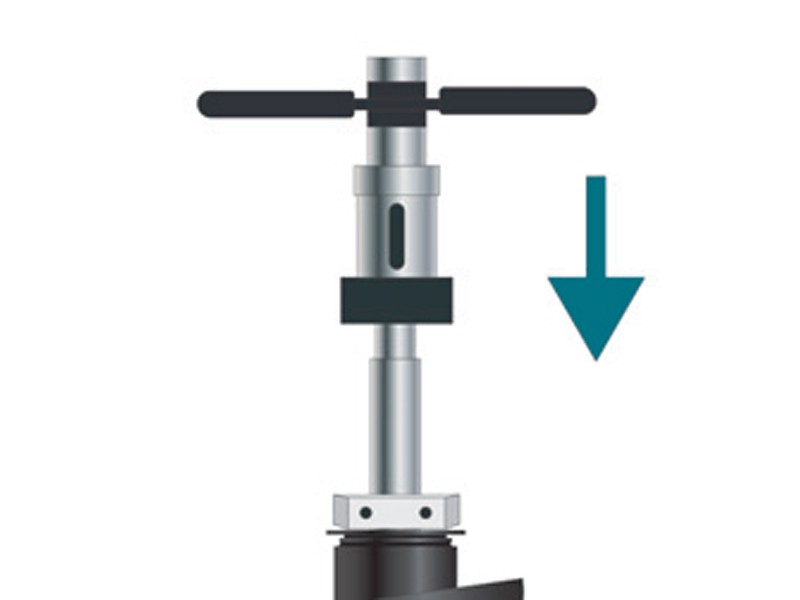
- Place the strut controller on top.
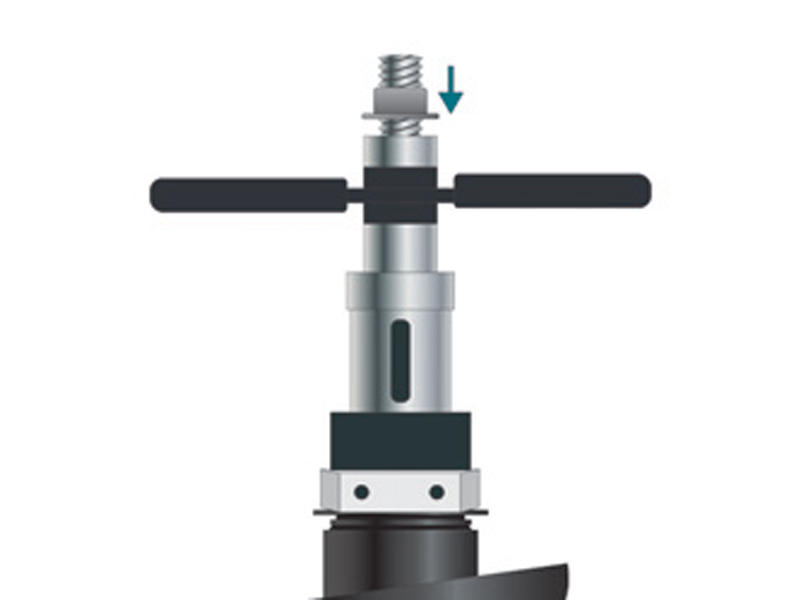
- Place the top nut provided with the shock absorber on top and tighten.
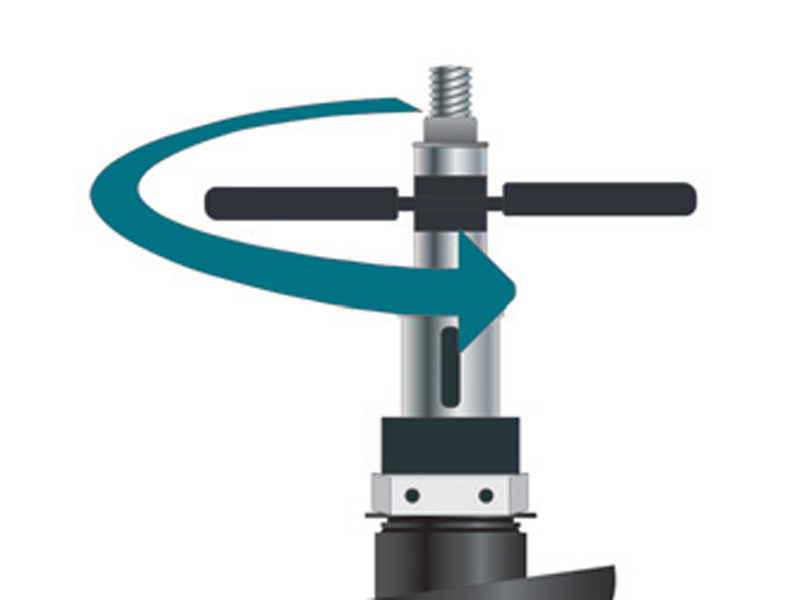
- Turn the handles on the strut controller – this will pull the piston rod out further, compressing the internal rebound spring.
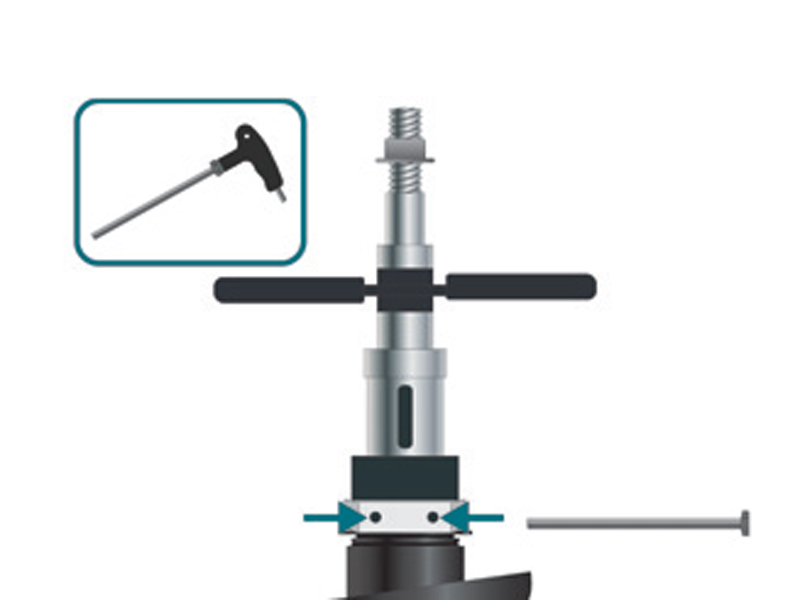
- Use the key wrench to tighten the protective clamp. This will prevent the piston rod from retreating back into the body of the shock absorber once the strut controller is removed.
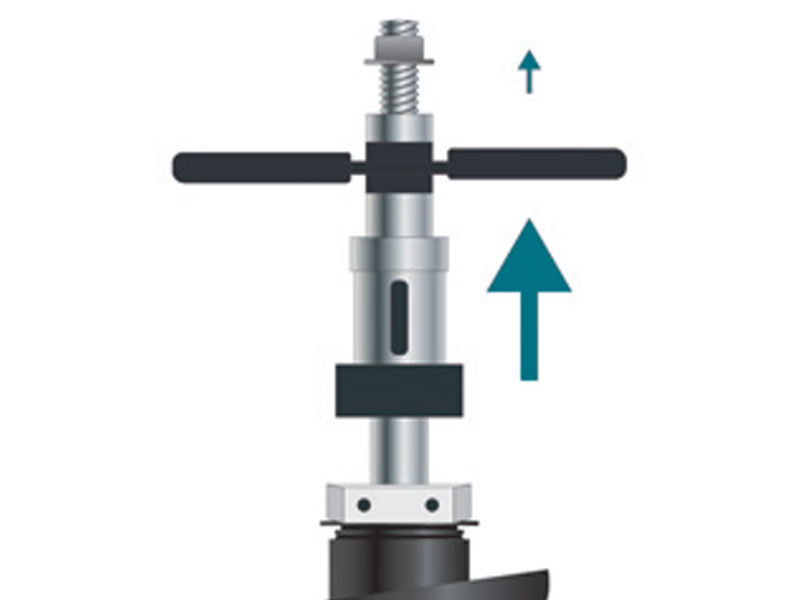
- Unscrew the handle and remove the piston nut.
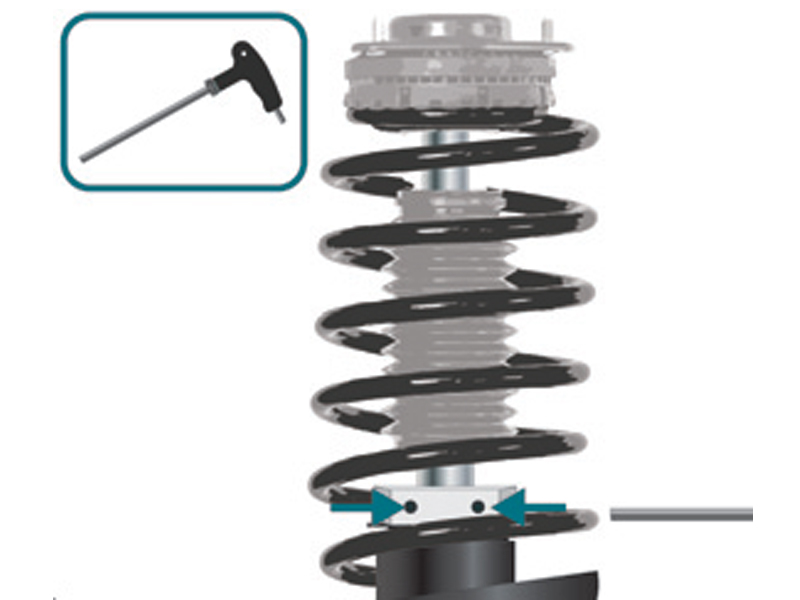
- Assemble the unit and remove the protective clamp once the strut mount has been safely secured.
Please note, the above illustration is for demonstrative purposes only – please consult the manufacturer’s manual before use as designs of strut controller may vary.









